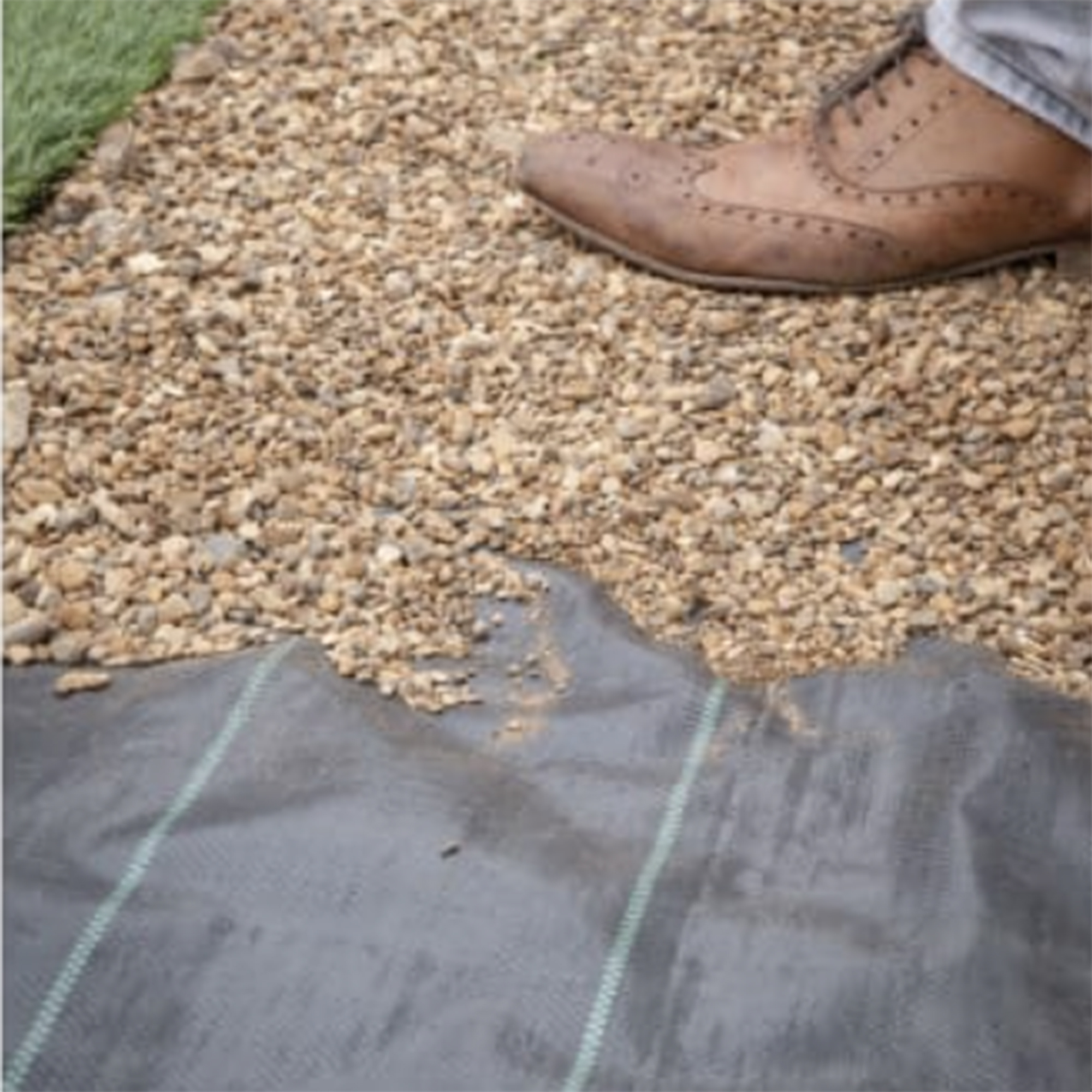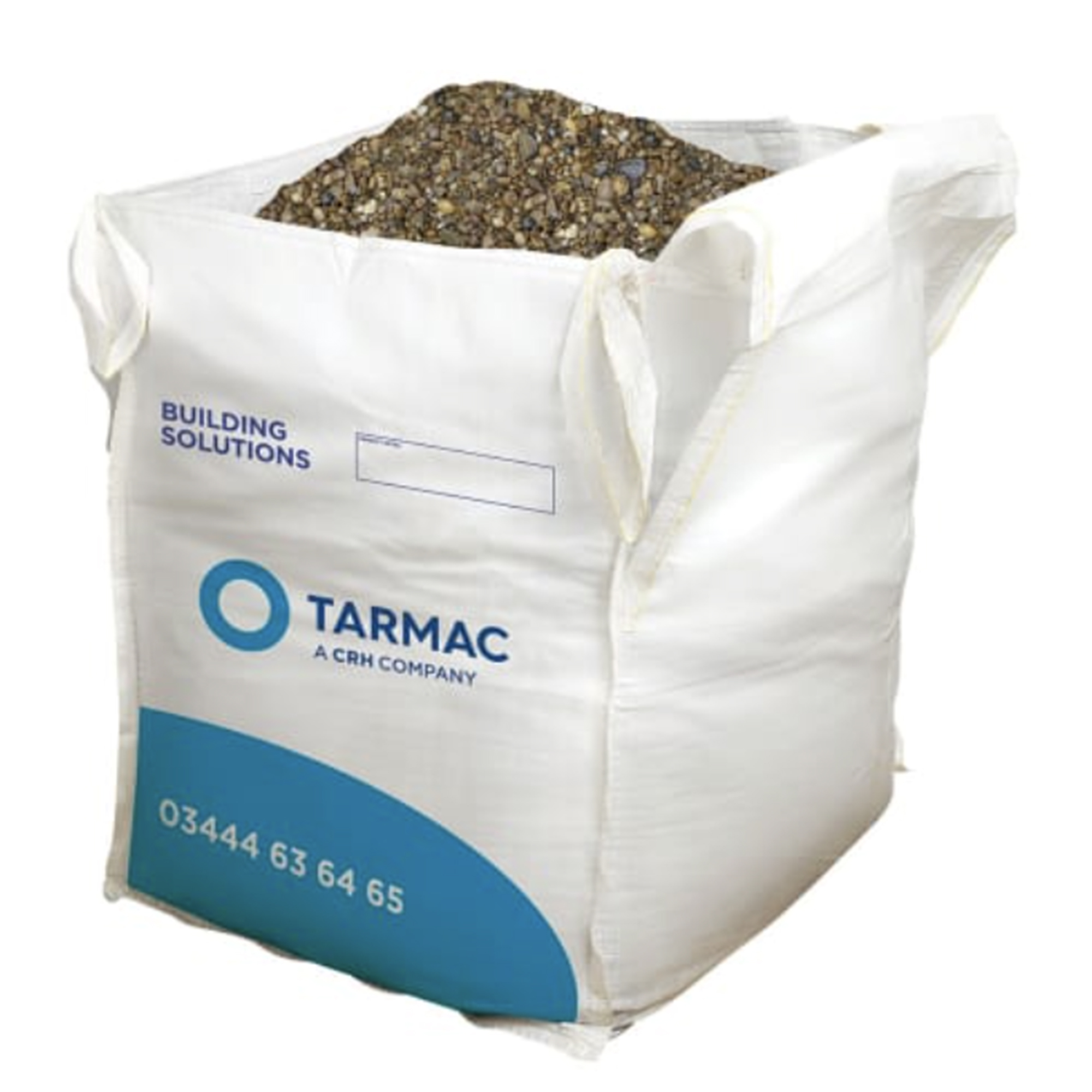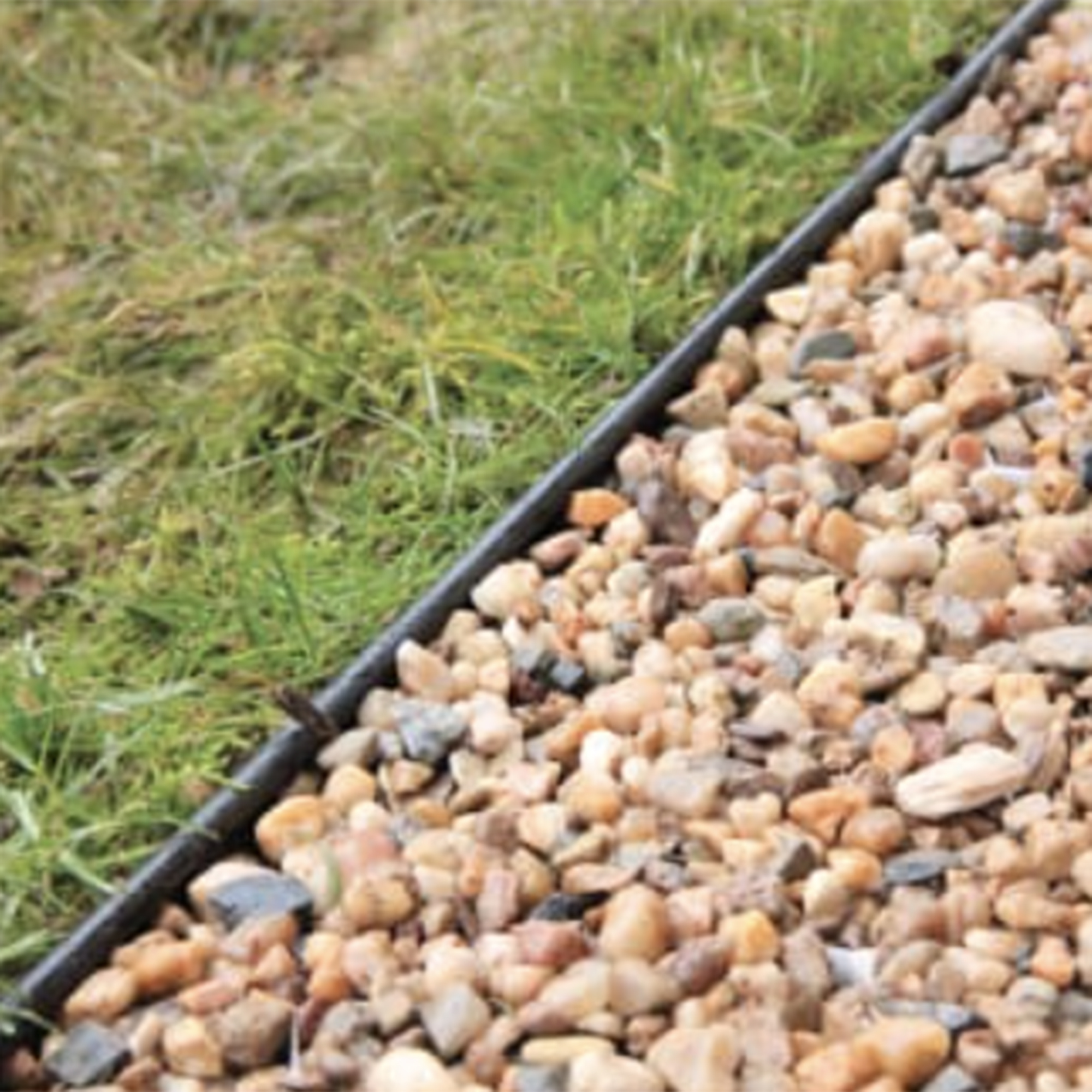I recently made over my small garden and here's what I learned about cost saving
Take-home tips on what costs to expect when you're making over a small garden
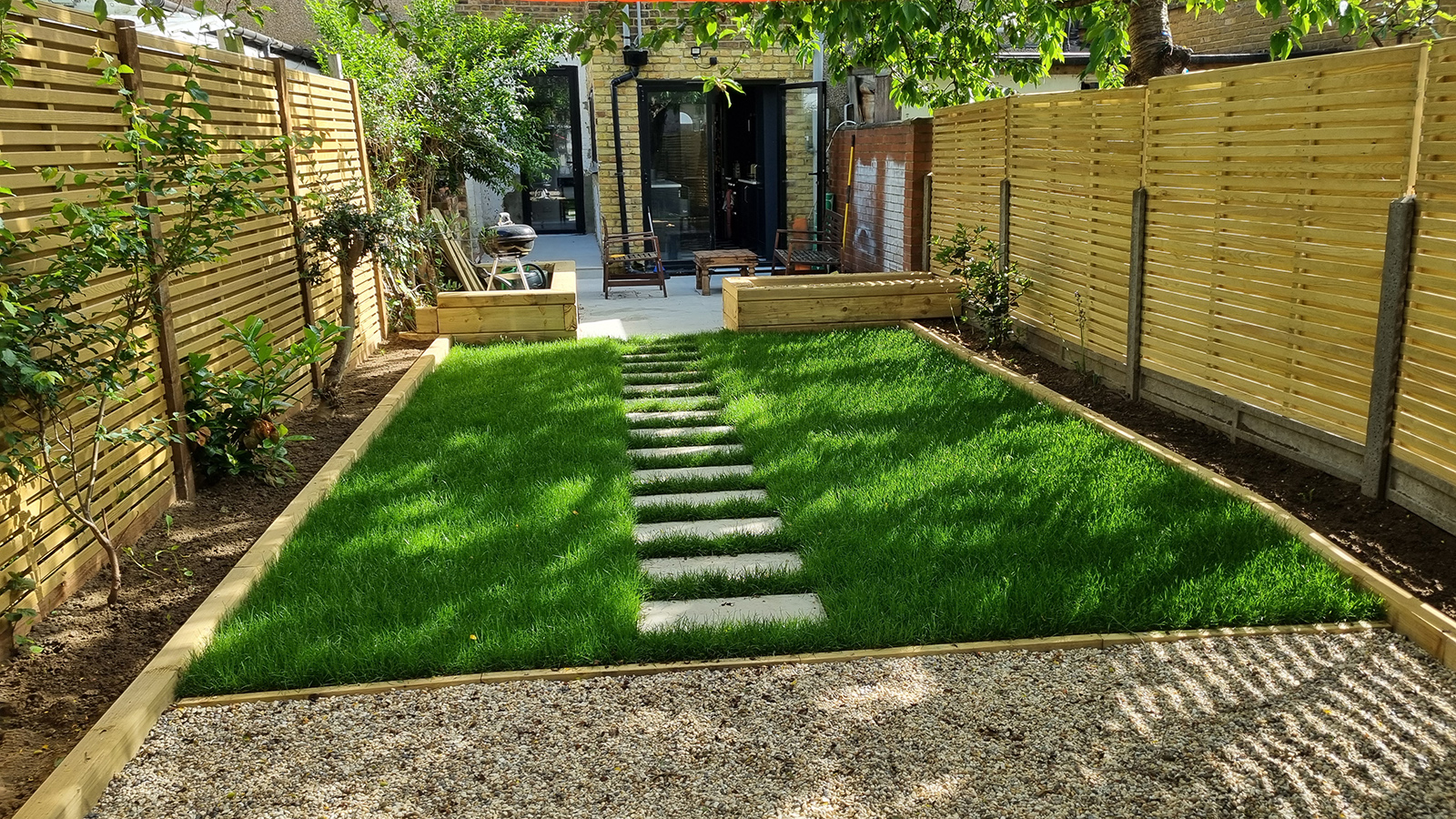
Budget small garden ideas can be achieved with a bit of careful planning and an understanding that you may have to put in a little bit more effort yourself.
When I set off on making over my own small garden, a task which you'll see from my 'before' image was embarrassingly overdue, I knew I wanted to spend as little as possible but still get a finished result that would be a useable, attractive, fairly low-maintenance space, that also would add value and saleability to my home if ever we were to move.
Having been exposed to hundreds of real life gardens over my 8 year career as a gardens editor, I wasn't lacking ideas, what I was lacking was a realistic impression of exactly how much it would cost me.
I've done my best to give an honest account of what I spent, including where I was frivolous, and advise on areas I identified I could have saved money on and what I would have done differently in hindsight.
One piece of wisdom my mum shared with me which I found invaluable was that gardens are ever-evolving, and where I've included images of my garden design, you will see that there are areas which appear unfinished.
I applied this advice when coming up with a layout, in the knowledge that what I spent my money on had to account for what I needed now, and also what I might want in the future.
9 ways to save money on a small garden makeover
The current state of your outdoor space will be the biggest decider on how much you might need to set your budget too. My usual advice to people is to have a set budget from the start that you work to.
But I found, when it came to doing this myself, it was hard to set a budget from the get-go because with costs of all kinds being so variable, I didn't yet have an accurate idea of how much certain key items would cost.
This particularly goes for hard garden landscaping materials, such as fencing, paving or decking. These are what cost the most when it comes to creating a garden.
I also want to say at this point that I wasn't gifted any of the products I used and all the work was paid for out of my own pocket, so this article is in no way intended to be an advert.
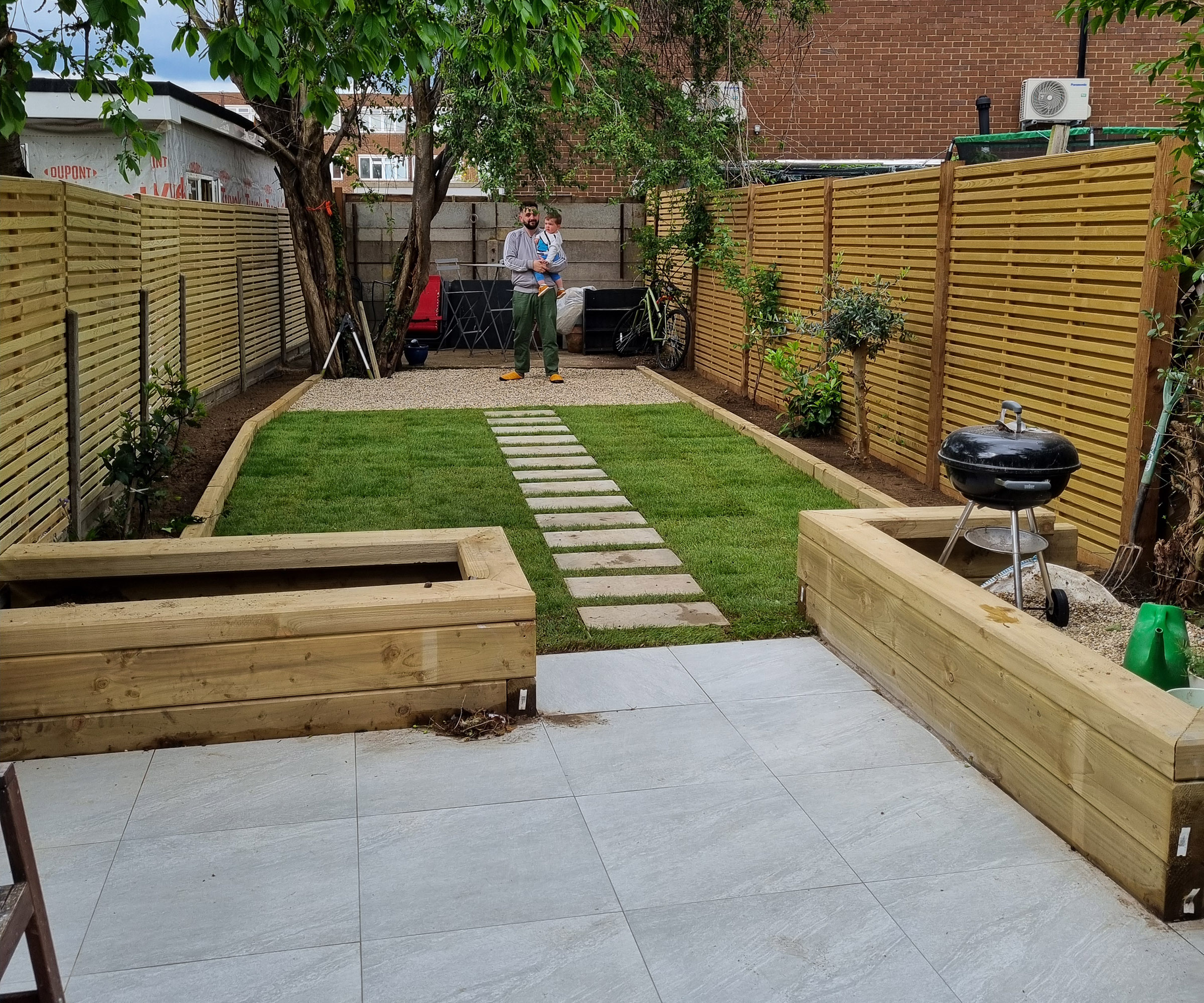
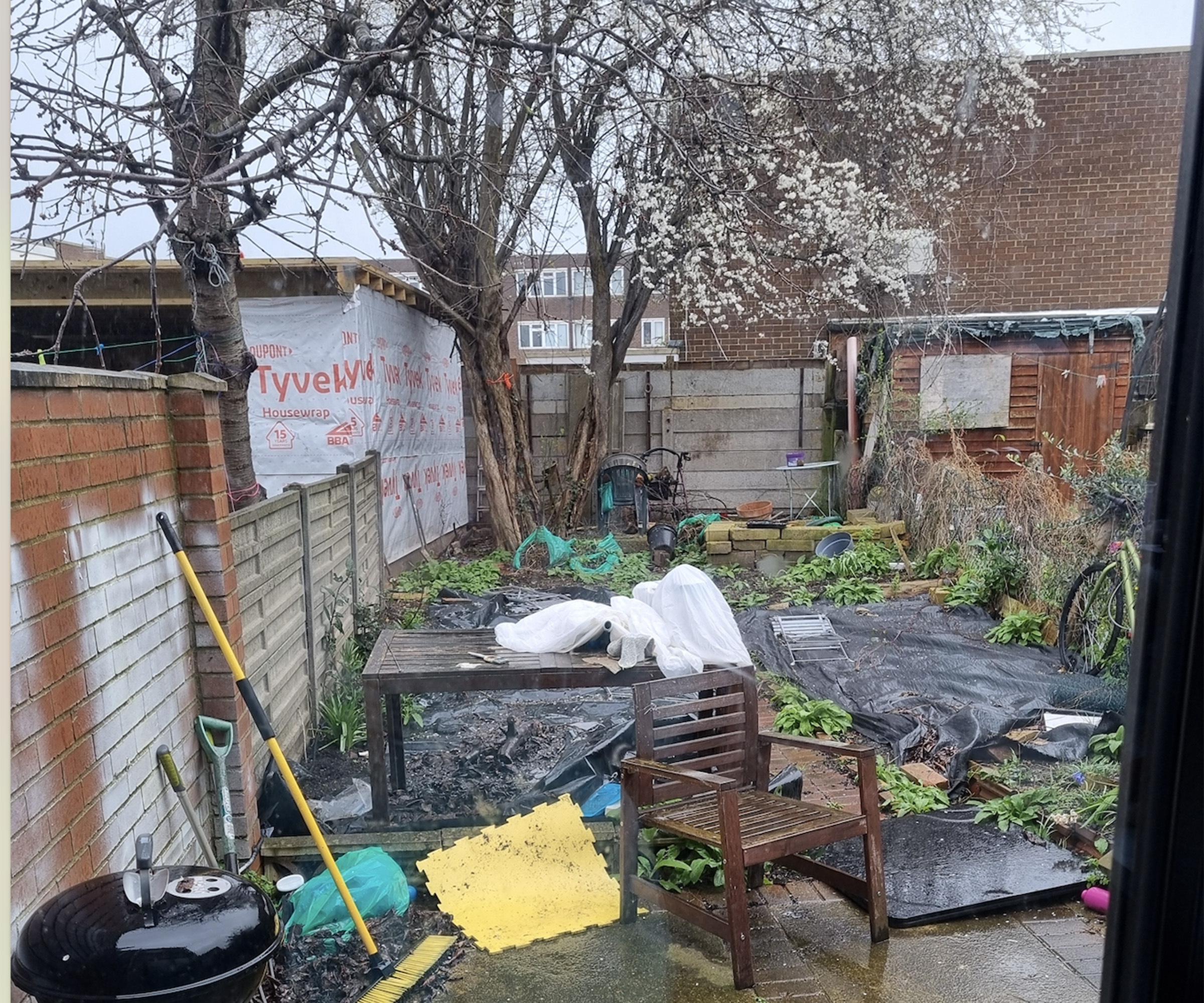
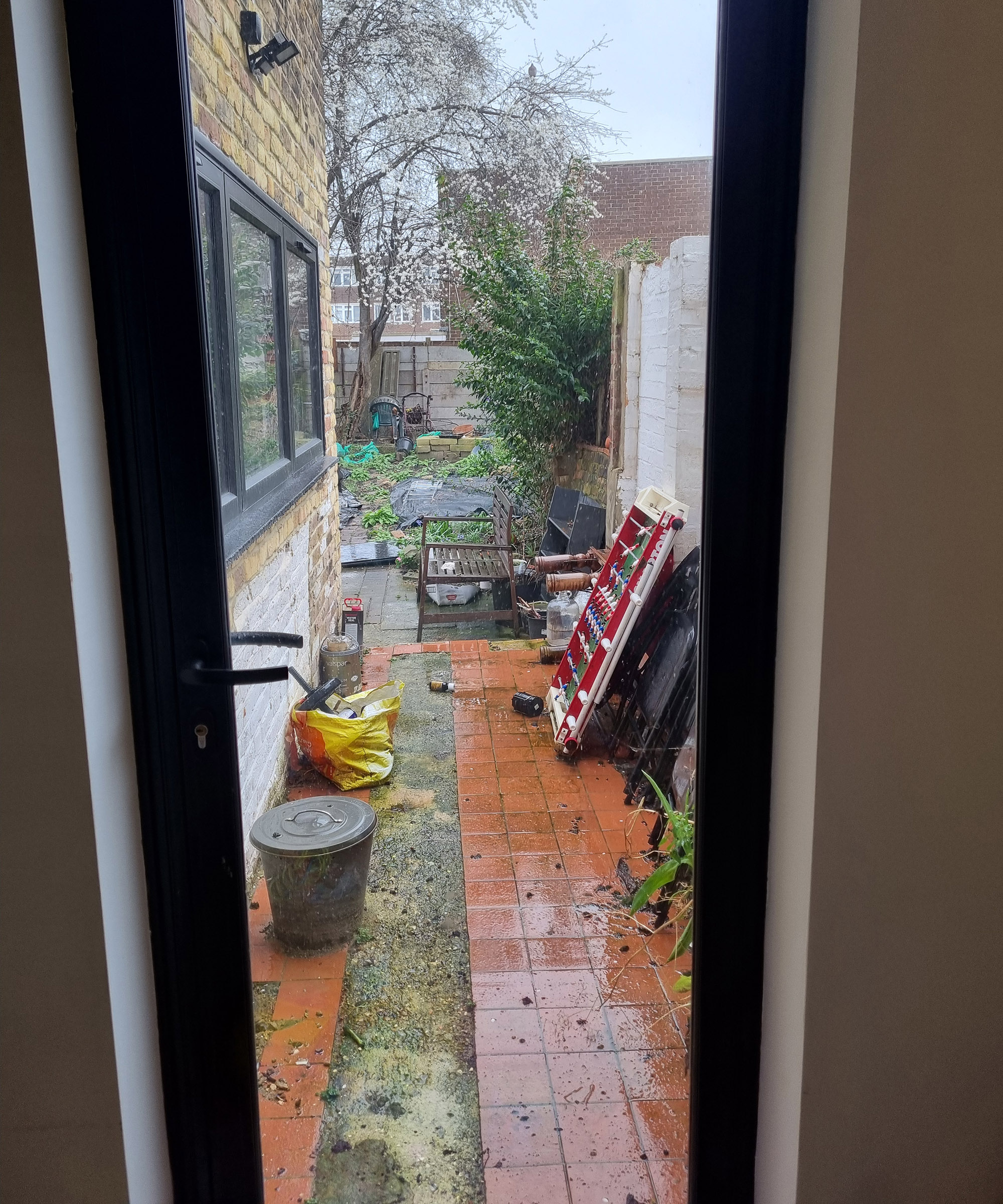
1. Make a list of tasks in order of importance
For me, the list of tasks, though fairly short, were unfortunately ones which would cost a lot. For instance, I had no fence to speak of on one side, just some chicken wire wrapped around a few concrete posts. Therefore I knew that a new fence would be a necessary expense, but one that eats up a huge amount of capital (more on that later).
You may have a stable fence, but an old decking which needs replacing. Or a neglected area overrun with weeds which ought to make way for a patio. Once you have this wish list together, you can start gathering costs for each task and this will give you a starting place to edit your list.
This means, deciding what you can and can't afford, and what essential tasks can wait til later.
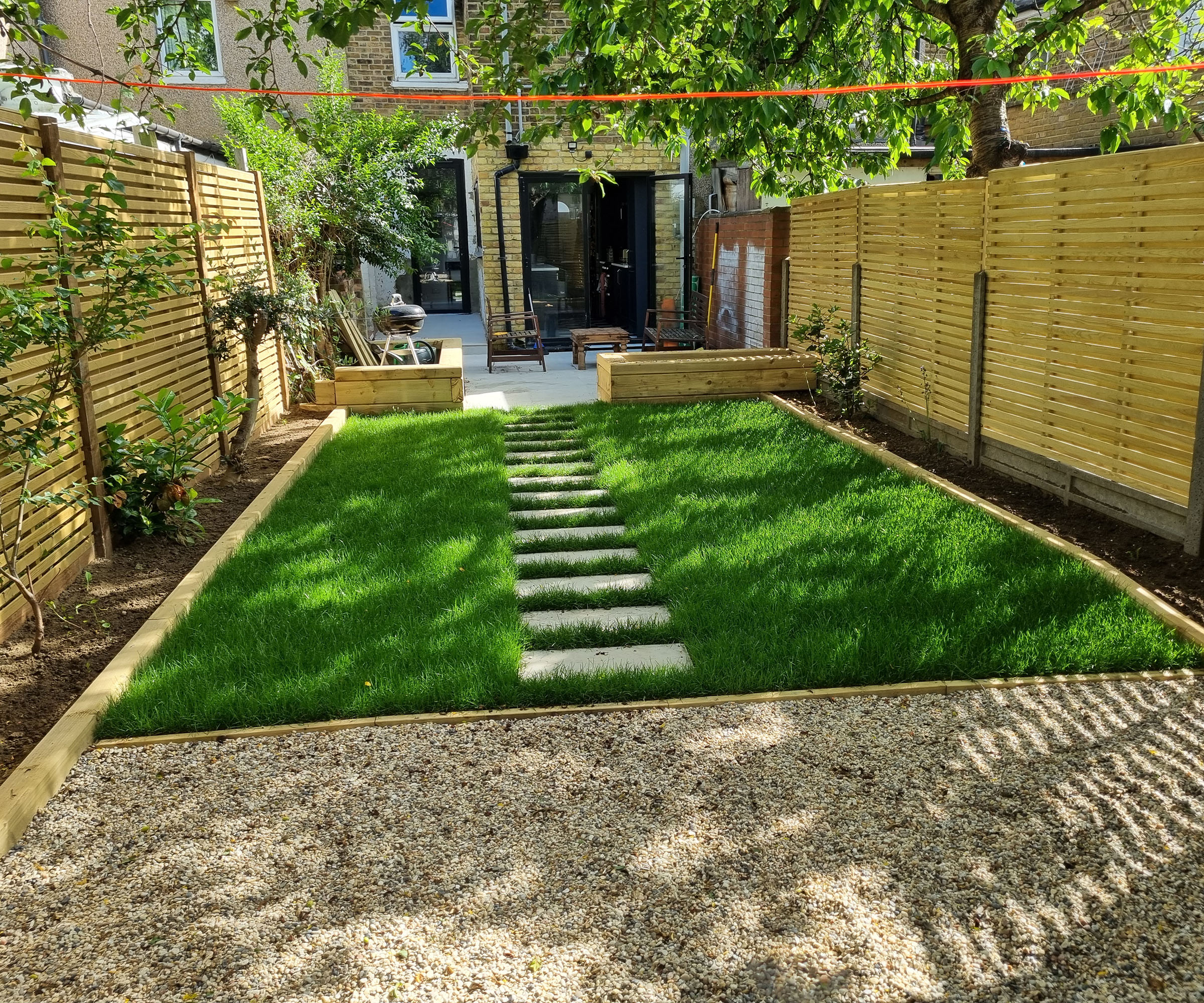
2. Decide what you are capable of doing yourself
Labour can be a big part of your landscaping costs. So identifying things that you can do yourself can save you a packet. I didn't do this myself as having a young son and a full-time job, I couldn't see myself finding the time needed to get it done for when I wanted it.
My advice when deciding what tasks to undertake yourself is to be optimistic but realistic about what you are capable of. You may be a complete homebuilding and renovating whiz, able to put up a fence and lay a patio.
However, I think it's fair to say that most people don't have such an array of skills, and attempting something too ambitious may end up being costly if you have to bring in a professional to fix any DIY disasters.
Have a look at guides online on how to lay turf, or how to lay gravel and see if this is something you can manage. Call in the help of family and friends to help, as tasks like shifting a ton of gravel from your front garden to the back in a wheelbarrow, can be extremely labour-intensive.
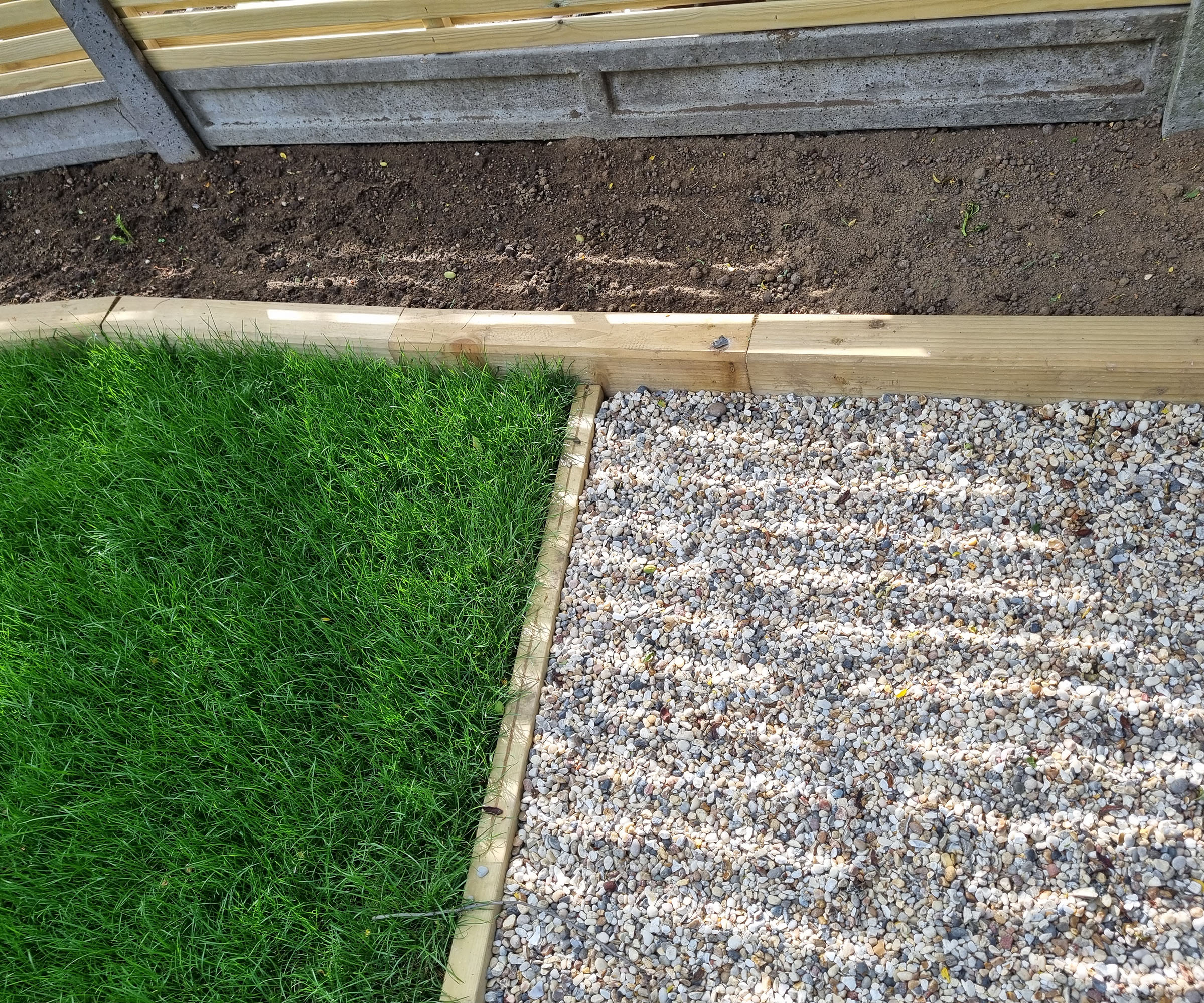
3. Carefully consider what can be reused
The best example I can think of of unnecessary spending is when people replace perfectly good paving slabs, purely because they are looking tired and wan. I'm ashamed to say that I am one of those people who laid a brand-new patio on top of an old one.
You'll see from the pictures that the previous patio was a strange mix of brick and concrete paving, was an awkward shape and didn't match my side return (old terracotta tiles punctuated by a channel of cement). So whilst I don't regret the decision, I am aware that it was an extravagance.
My patio cost was £220 for sand and cement, £960 for labour and £600 for tiles. A total of £1780, a huge chunk of budget, so really consider other options before you go for this.
The best pressure washer can banish dirt so effectively that your paving will be restored almost to what it looked like when it was originally laid. So unless your paving is so dated and vile that you can't bear the sight of it clean or dirty, then I would save yourself a chunk of cash and go with a pressure washer, such as Nilfisk C 110.7-5 High Pressure Washer - Mini Power Washer for Patios and Car Cleaner at Amazon for £99, as opposed to a new patio which will cost hundreds or even thousands of pounds.
You could even paint patio slabs to give them a brand-new appearance.
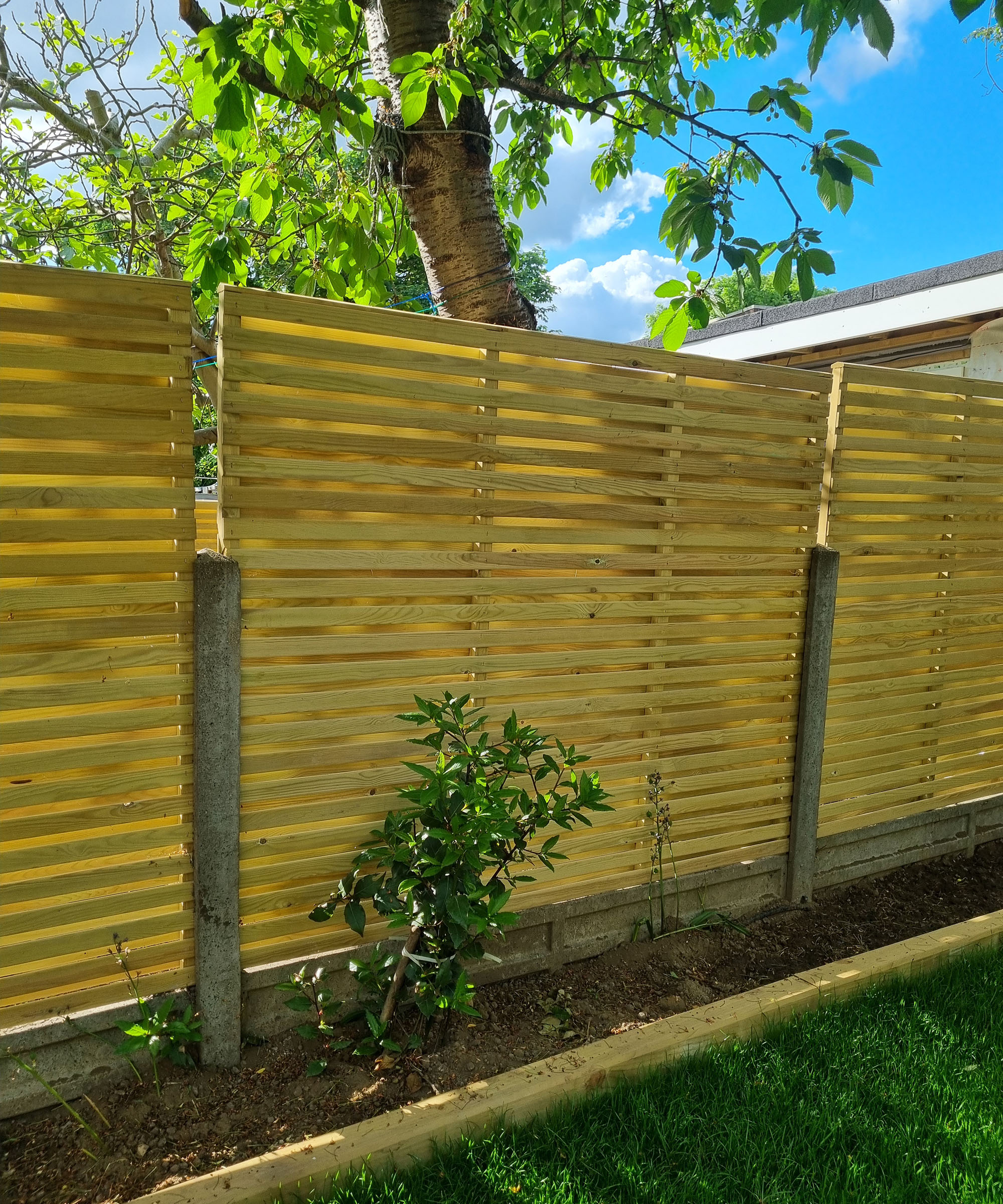
4. Compromise cost, not style with cheaper materials
As mentioned before laying a gravel patio yourself is a fairly simple task, it's also a relatively cheap material. Because I had spent so much on my paved patio I decided that my second zoned area would be gravel. This space will be used as a play area for my son and as soon as I have money again, I plan on buying a swing.
Gravel being inexpensive, not to mention attractive, I would urge anyone to consider this as an option for a patio every time. You'll need a weed-proof membrane as well as an edging to contain the gravel and give it a neat and professional-looking finish.
The material for the path is also somewhere I identified a saving. Rather than using the same, fancier tiles as for my patio, I chose a plain slab (Marshalls Richmond Smooth Natural Paving Slab - 600 x 600 x 38mm at Wickes) which cost just £9 per block.
Sawed in half and spaced at 10cm, these look like the on-trend, stepped pathway. And as they're not laid directly next to the porcelain tiles, the difference isn't so jarring.
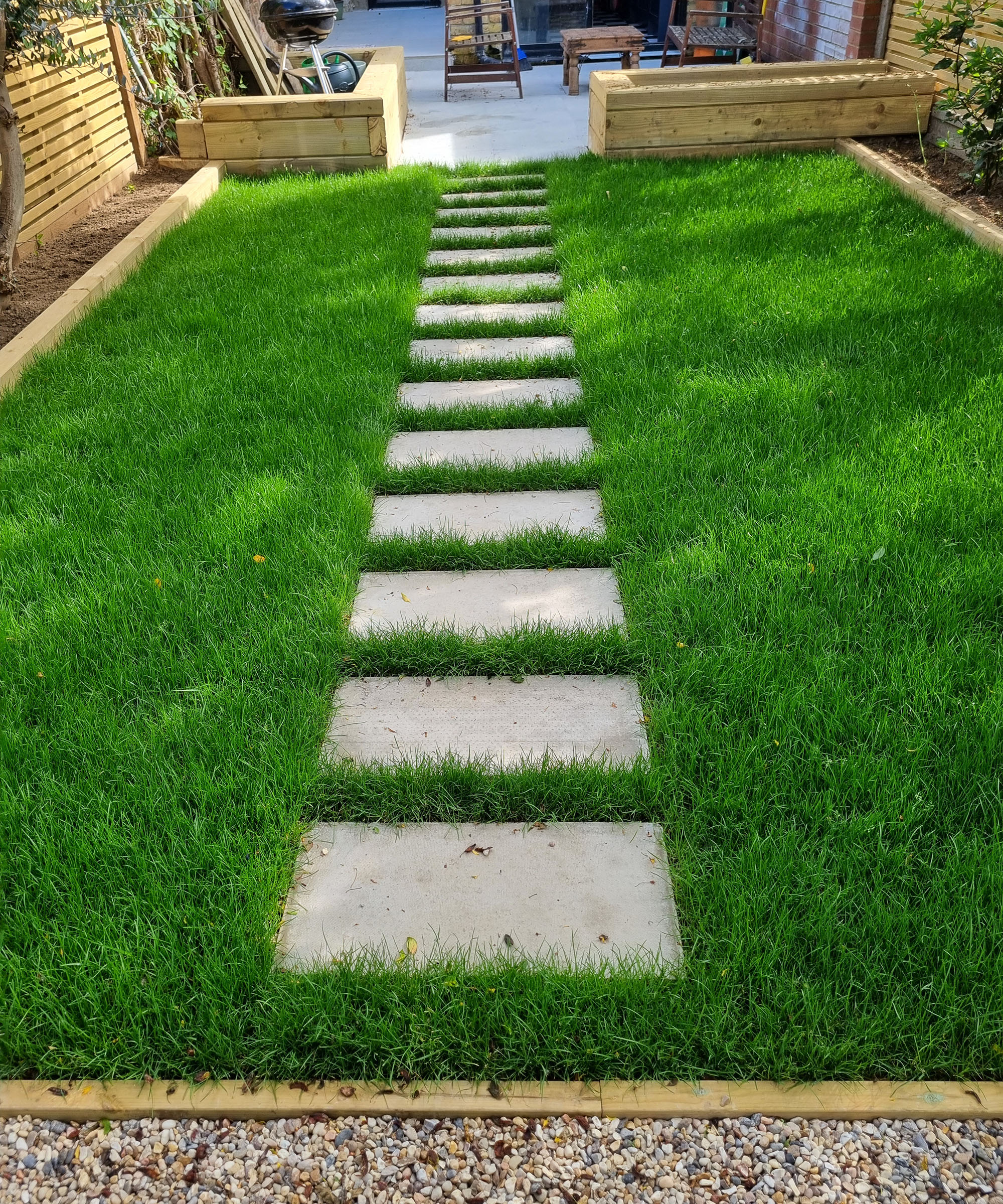
Shop gravel patio materials
5. Minimise hard landscaping as much as possible
A really important landscaping tip is to try and keep hard landscaping to a bare minimum. Not only is this the environmentally friendly route, it is also the cost-saving one.
A few years ago, when materials were cheap, this may not have mattered as much. But now for example the difference between a few metres squared can be a few hundred pounds.
This is where having a small garden space works in your favour, and you can minimise costs even further by going for a small patio. For example, my contractors charged me £45 per metre for labour, and my tiles cost around £25 per metre. The difference between a 3 x 3m and 4 x 4m patio, therefore, was £280. So it's worth looking at reducing hard landscaping in favour of bigger lawn ideas or planting beds.
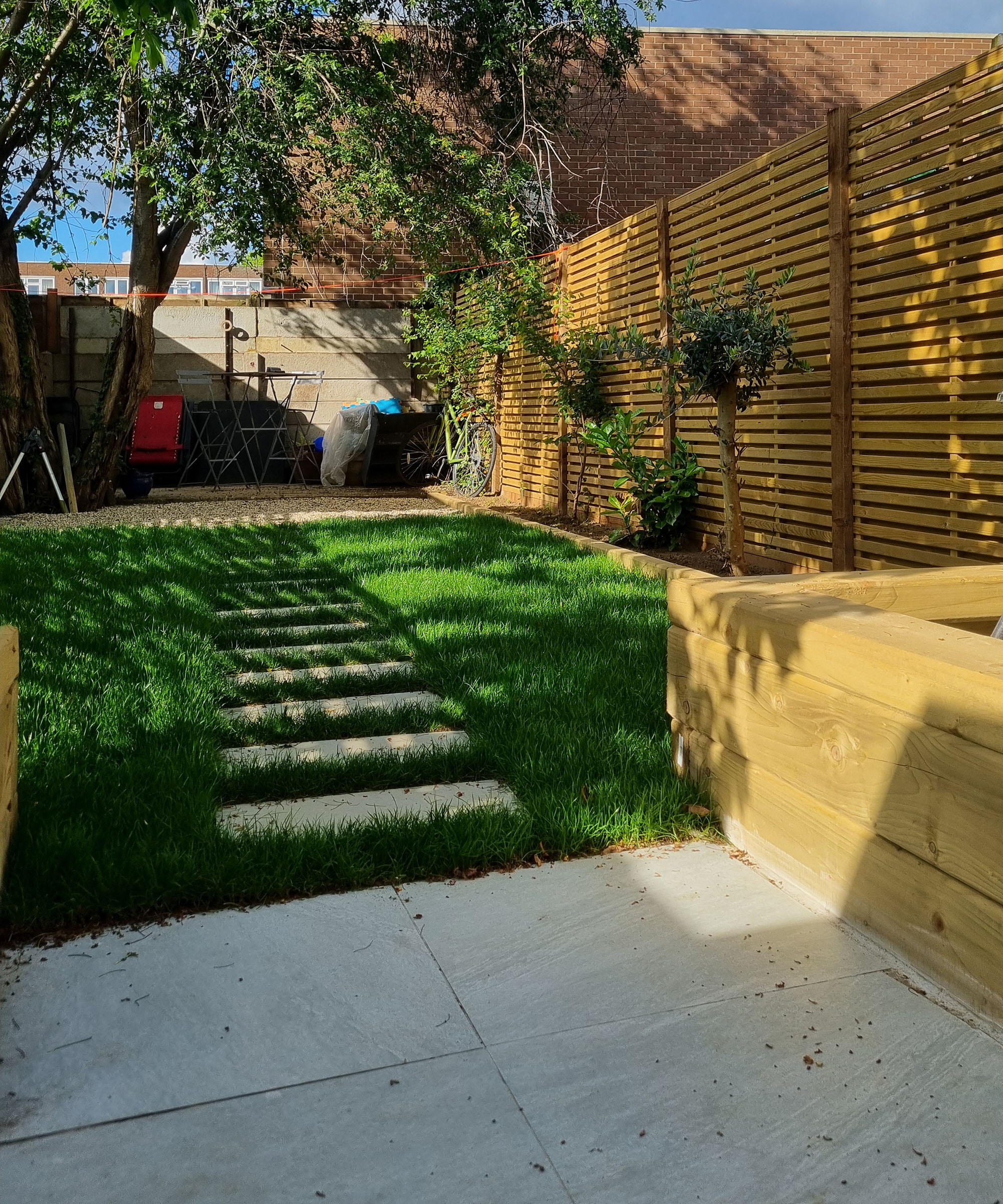
6. Shop around for what you need
Often we fall into the trap of buying something that we've seen that we like, before checking if a similar, if not identical product is available elsewhere. I got into the habit of double-checking all my materials before I made any kind of purchase.
I learnt this earlier on as I had to cancel my original order of porcelain tiles because I paid around £900, when an almost indistinguishable product was available for £300 cheaper.
The same goes for smaller purchases such as timber or garden edging, don't only check the price, but also the delivery fee. For example, whilst Wickes tends to be cheap, they charge £30 delivery, which can sometimes make the overall purchase more expensive than buying from somewhere with slightly higher prices but offering free delivery.
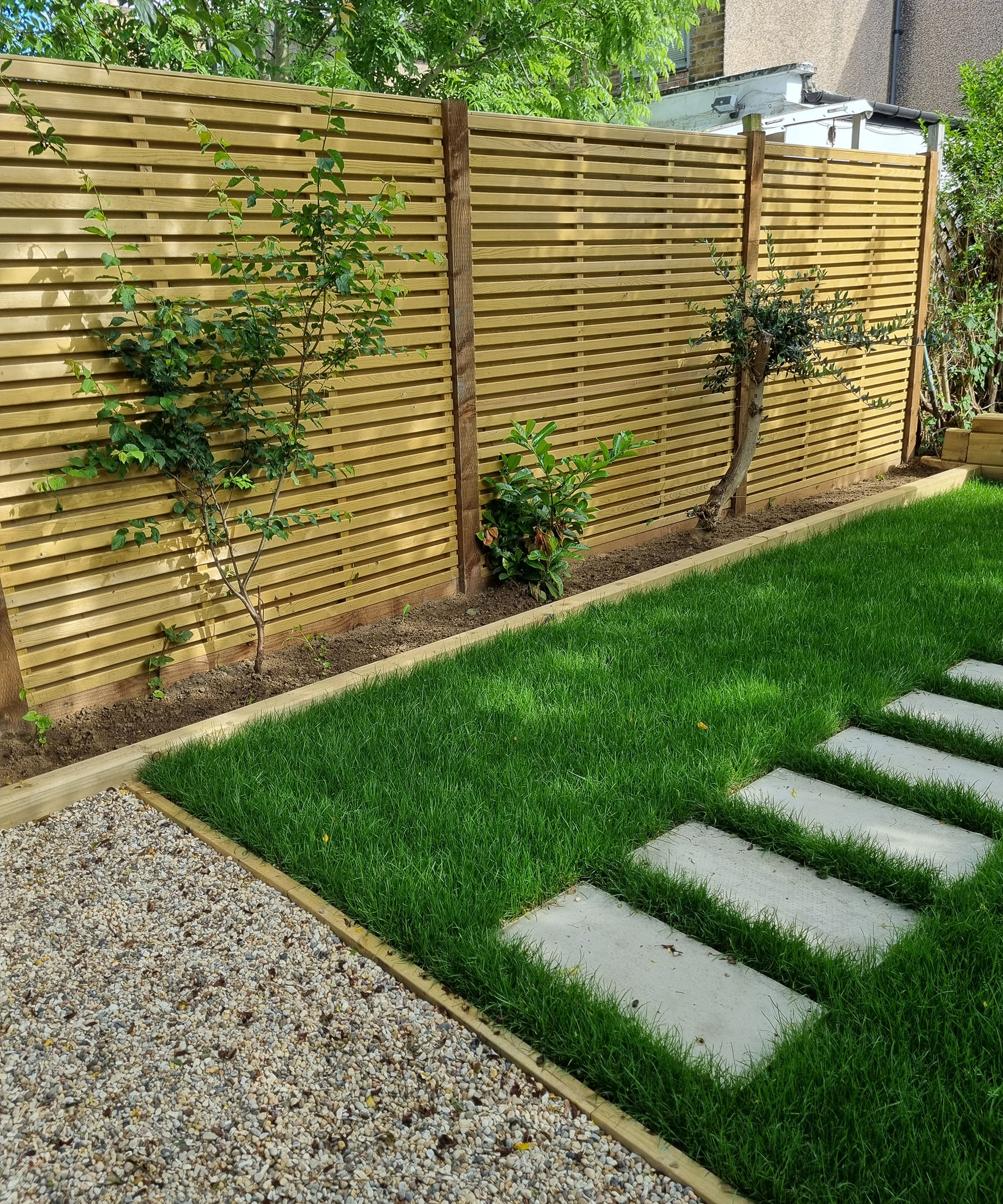
7. Go for a staged approach
Unless you are working with a landscape designer who has the ability to see the finished product of the garden before it's happened, then I found that taking a staged approach not only allowed me to make better decisions on what I wanted and needed, it also allowed me to not have to pay for everything all in one go.
For instance, I started with a fence, as for me this was the most pressing job that needed doing. This allowed me to assess whether my contractor was someone who I'd like to work with again. He did a great job so he ended up doing the rest of the work too.
The next thing I had done was my patio. I had originally thought to create a seating area at the end of the garden and have a very small shed to allow for this. However, I found that the patio near the house was more than sufficient.
So I've decided to leave the space at the very back for a full-size shed, something which will be far more useful to me than two different patios.
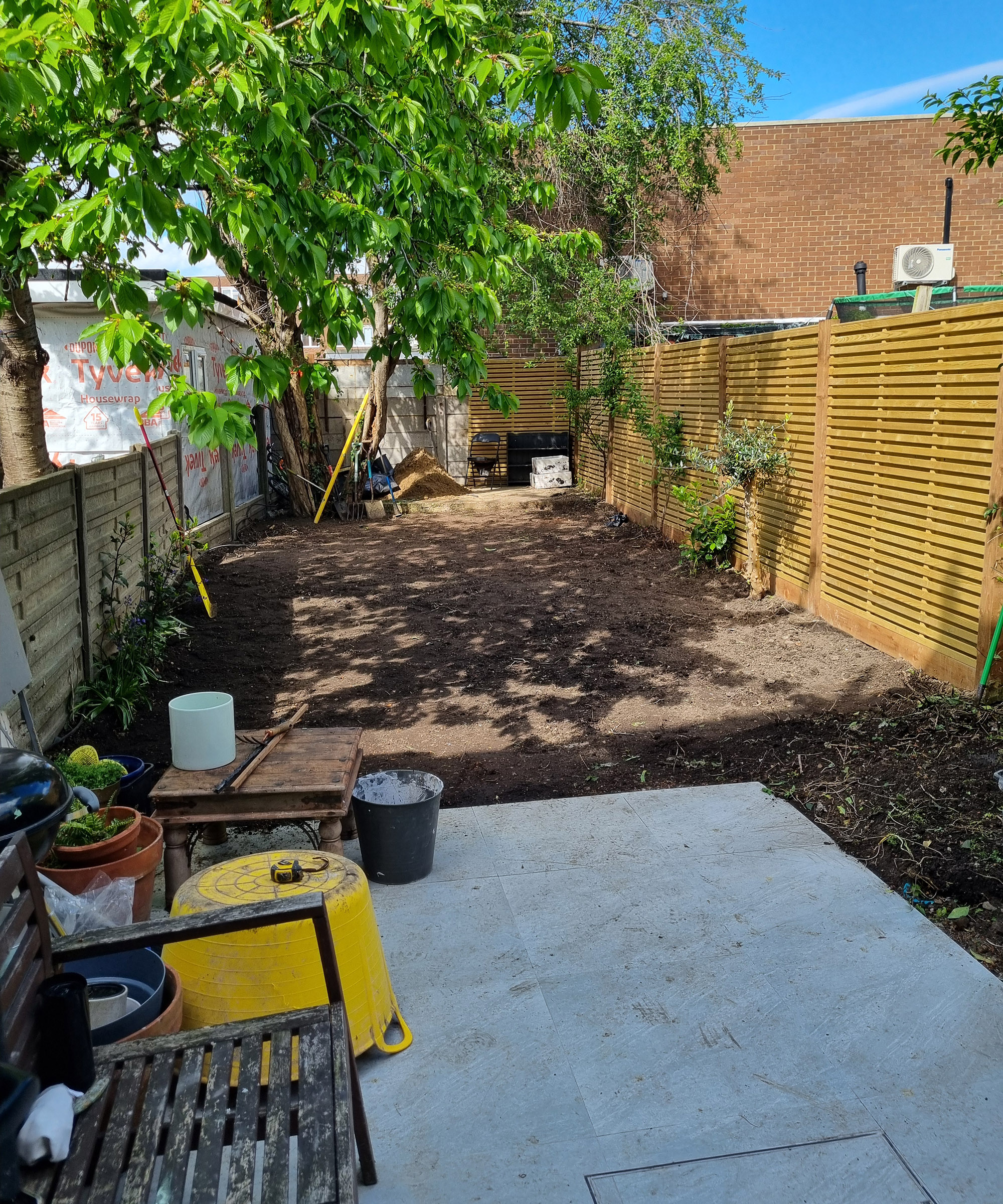
8. If you lay turf or grass seed, take care of it!
Grass is a labour of love. If you sow grass seed rather than turf it's even more labour. I opted for turf, mainly out of laziness of not wanting to put the work in to stop birds eating grass seed and tend to it as it grows, and impatience as I wanted a perfect lawn instantly.
Now, I urge you to not lay your lawn if you are planning any trips away in the next few weeks. I got extremely lucky here, as blinded by my haste to get it done, I laid my lawn days before I went away for a week. By the grace of God it rained sufficiently to keep it alive.
But it's not worth the risk, if you've spent £165 on Classic Fresh Lawn Turf - 20 Rolls/20 sqm coverage at Homebase, you don't want to come back to a dry husk of a lawn.
So ensure you know what lawn care is needed, and be around to deliver that care.
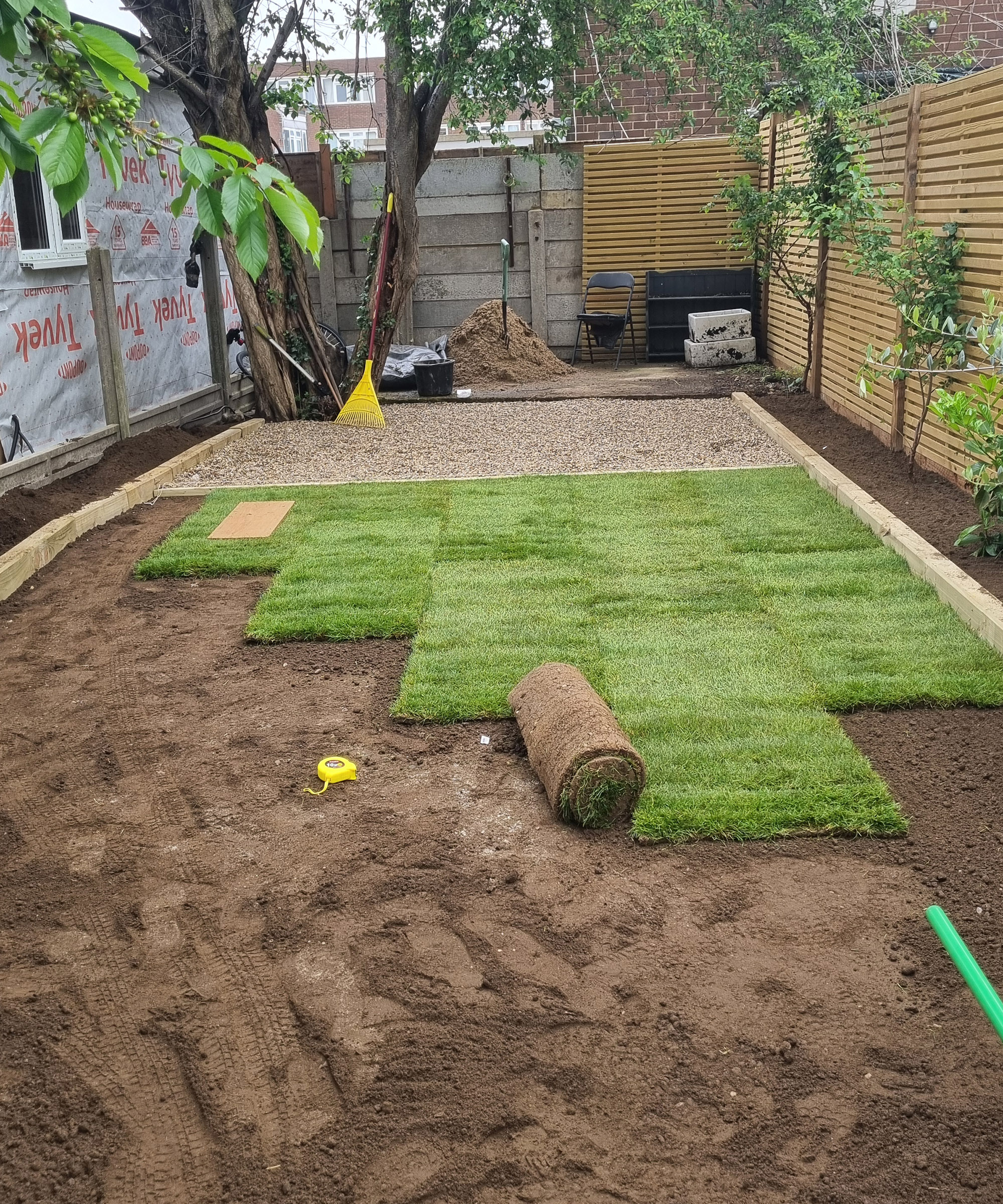
9. Don't rush into buying plants
Going back to the advice my mum gave me that gardens are ever-evolving, remember that not all garden jobs need to be done all at once. There are so many reasons why rushing to buy plants on a whim is a bad call. Firstly, if you're doing a makeover on a garden which you have only just moved into, and havent tried growing anything in yet, chances are you won't have an accurate idea of the growing conditions.
So many people (myself included) fall into the trap of buying plants just because they like them, only to find that they've wasted a ton of money on something which has promptly died. Plants are not cheap, and depending on your garden size you may need to buy a number of them.
I haven't even gotten around to buying any plants for my garden yet, despite being "finished" a couple of weeks ago. The reason being I want to accurately assess my space, including light levels, which have changed since I had my new fences put in.
I also want to research the eventual growth of plants so I don't end up buying more than I need for the space.
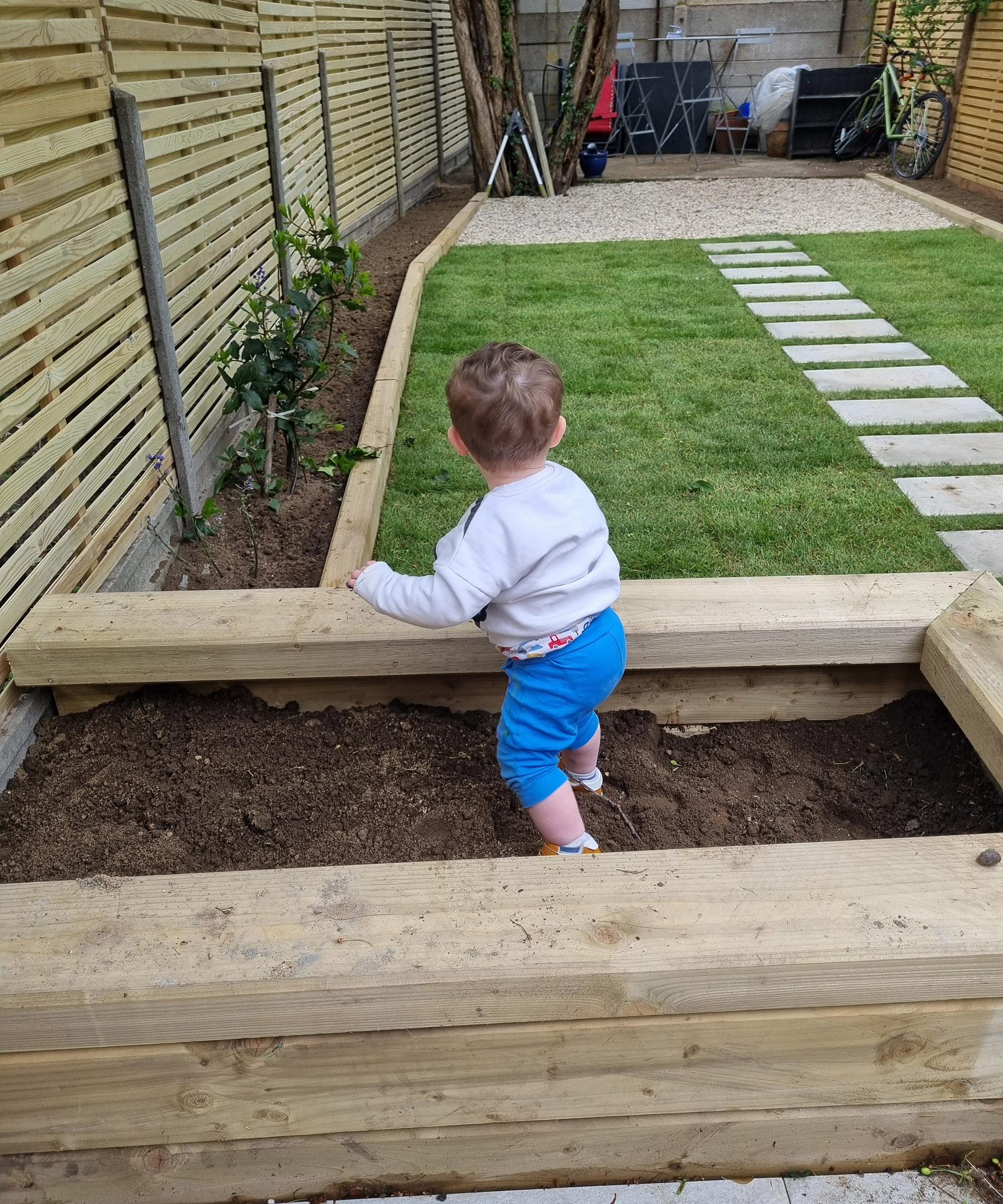
Another consideration when doing a makeover is to think about how to make a garden more eco-friendly. To increase bio diversity and lesson your impact on the planet.
Get the Homebuilding & Renovating Newsletter
Bring your dream home to life with expert advice, how to guides and design inspiration. Sign up for our newsletter and get two free tickets to a Homebuilding & Renovating Show near you.

Teresa was part of a team that launched Easy Gardens in 2018 and worked as the Editor on this magazine. She has extensive experience writing and editing content on gardens and landscaping on brands such as Homes & Gardens, Country Homes & Interiors and Living Etc magazine. She has developed close working relationships with top landscape architects and leading industry experts, and has been exposed to an array of rich content and expertise.
In 2020 Teresa bought her first home. She and her partner worked alongside architects and builders to transform the downstairs area of her two bedroom Victorian house in north London into a usable space for her family. Along the way she learned the stresses, woes and joys of home renovation, and is now looking to her next project, landscaping the back garden.
